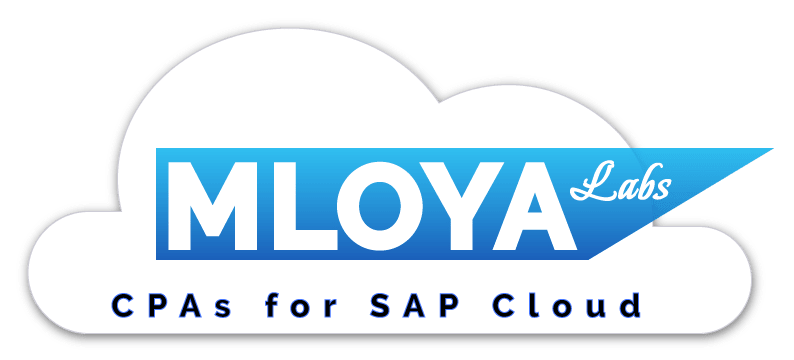Expect more from BPC! Column5 will provide an empirical measurement of your current state solution performance and user satisfaction, recommend steps to improve the solution, cover key considerations and options, and illustrate the expected business value from recommendations.
Top 10 Reasons for an Assessment
- Poor performance and/or stability
- User dissatisfaction/lack of user adoption
- Project objectives not met
- Application is difficult to maintain
- Discover hidden or previously unknown BPC features
- High Total Cost of Ownership (TCO)
- Project has not gone live
- Validation of best practice implementation
- Application is difficult to adapt to changing business requirements
- Low or negative return on investment
FEATURES of an Assessment
The Assessment is organized into a logical workflow that includes three primary components: Program Maturity & Vision, Functional Review, and Technical Review.
PROGRAM MATURITY & VISION
During this stage, Column5 will review your current-state program maturity against our capability maturity model for EPM, align on program vision, and identify gaps between current state and future state vision. We will also baseline so we can measure improvement empirically.
- Business Case Review
- Business Process Review
- Process Benchmarking
- Executive Sentiment Baseline
- User Sentiment Baseline
- Program Vision Alignment
FUNCTIONAL
Once we understand your program maturity and vision, we review the Functional design and configuration of your application to assess the extent to which it is consistent with best practices and aligned with the vision.
- Business Functionality
- Dimensional Design
- Calculations
- Usability
- Feature Enablement
- Upgrade Readiness
TECHNICAL
Once we have investigated the Functional design and configuration, we review the technical infrastructure supporting the is operating optimally and provide health checks to ensure the application is leveraging the latest configuration and optimizaition improvements.
- Usage Analysis
- Operating System
- Platform Configuration Review
- Scalability/Performance Testing
Our consultants will analyze the results and produce a comprehensive, detailed Application Review Findings Report that documents your current state EPM maturity and the state of your BPC application including opportunities for improvement and root causes of challenges. The report will include specific recommendations to improve performance and stability, optimize total cost of ownership, and enhance the value driven by the solution. These recommendations will be prioritized into short, mid, and long term recommendations as well as level of effort required by your team and/or our team.
The report is very informative and stands alone as a valuable asset but an interactive review session with your team is also included to make sure the report and its prescriptions for improvement are thoroughly understood.
PROCESS of an Assessment
The assessment can typically be completed in a few weeks and will require only light to modest availability from your team over that period. We will begin with an initial meeting to review the approach and prepare your team for the assessment, arrange systems access, etc. We will then distribute surveys to your team and get started.
A typical flow for the process is as follows:
I. Survey & Data Collection: Surveys will be distributed to and collected from relevant executives, BPC administrators, users, and technical resources. Relevant documentation will be collected.
II. Survey Analysis & Interviews: Our consultants will interview key stakeholders including executives, process owners, functional administrators, and technical administrators.
- Program Maturity & Vision
- Enterprise Planning & Reporting Process Benchmarking Survey
- EPM/BPC Surveys
- Review Strategic, Opertational, and Financial Planning Processes and Tools
- Review Enterprise Reporting and Consolidation Processes and Tools
III. Application Review
- Functional Assessment
- Data architecture & flow
- Dimensional model
- Business rules & calculations
- Reports & Input Templates
- Workflow & other functionality
- Throughout-upgrade readiness (if applicable)
- Technical Assessment
- Sizing of the landscape to meet business needs
- Environment configuration variables/settings
- Administrative processes & data flows that impact system performance
IV. Analyze Results & Compile Application Review Findings Report
- Report Presentation & Review
Before Column5 came in, certain reports and data manager packages were running much slower than they ever had. With the work Column5 did, we were able to increaseperformance in most of the reports by up to 50- 75% and in most of the packages by 100-300%. Our users have been extremely happy with the performance increase and it’s showing in our budgeting and forecasting processes.”
-Financial Information Systems Manager,
New Balance
